By Louie Stout
 DNR Naturalist Aide Casey Jones holds a pair of big Worster Lake bass captured during a spring survey.You might want to include these northern Indiana lakes in your fishing trips next season:
DNR Naturalist Aide Casey Jones holds a pair of big Worster Lake bass captured during a spring survey.You might want to include these northern Indiana lakes in your fishing trips next season:
- Bass Lake for walleyes and panfish.
- Lake Maxinkuckee for bass, perch, bluegills and walleyes.
- Lake of the Woods for bass and white bass.
- Worster Lake (Potato Creek State Park) for bass and hybrid stripers.
Those recommendations are based upon some observations made by Indiana DNR biologist Tom Bacula, who spent October researching young walleye populations on those lakes.
Each fall, biologists go into lakes that have been stocked with walleyes to assess how the young fish are doing.
They run electro-shock boats in the shallows to find the fish. Data they collect from the fish enables them to measure how the stocking programs are working.
Although the focus is young walleyes, the shock boat turns up other species from which Bacula can observe.
Heres what he found on the nearby lakes:
Bass Lake: The Starke County lake is slated for fingerling walleye stockings annually but was missed in 2012. It was stocked again this year and the fish seem to be doing well. Bacula said the young fish he found were bigger than eight inches already and he captured a number of 14-15 inch fish from a previous stocking.
The lake has a lot of emerald shiners and other forage, so fishing should be pretty good there next year, he offered.
He also saw a lot of young perch, an indication of a successful spawn last spring, and noted that the lake underwent an explosion of native plant development this summer. Bass typically lacks a lot of natural habitat.
If I were planning to ice fish out there this winter, Id get on the lake with a graph and start marking those weeds so I could find them when the ice comes on.
The DNR also completed a creel survey of the lake that revealed a lot of crappie and bluegill were harvested last season. Most of the bluegill that anglers kept ranged from 7.5 to 8.5 inches while the crappie measured 9 to 11 inches.
Lake Maxinkuckee: Maxinkuckee in Marshall County is unique in that it gets stocked with advanced walleyes (5 inches plus) in even years and fingerlings (2-3 inches) in odd years.
Shocking techniques arent as effective on that lake because it has so many deep weed beds and the fish arent always shallow enough for the shock boat to be effective. However, Bacula said that last years walleyes were in the 12-inch range and the young fish seem to be doing about normal.
We did find a few nice fish there and quite a few nice perch and bluegills in Academy Bay, he said. There are a lot of quality largemouth and smallmouth in that lake, which is kind of expected. Its going to take us a couple more years to determine how well the larger walleyes we stock are doing.
Lake of the Woods: The Bremen lake didnt produce the number of young walleyes biologists have seen in the past but the overall catch was good.
Bacula attributed the lack of shock-boat success to greatly reduced vegetation in the shallows due to last seasons heavy weed treatments conducted by the lake association.
We did see a lot largemouth bass and a ton of white bass, he added. We didnt see a lot of forage, and the high number of white bass still concerns us because they compete directly with walleyes for food. We were surprised at how many bass we saw shallow despite the lack of vegetation.
Worster Lake at Potato Creek: Although no walleyes have been stocked at Worster Lake, Bacula shared his impression of the state park lake based on a study he did there last spring.
The unwanted shad population continues to grow out of control which is why the DNR stocked it two years ago with wipers, a hybrid fish with the genetics of white bass and striped bass. Wipers grow large and will eat larger shad.
We caught a few really nice wipers and they seem to be doing fairly well there, he said. The wipers wont eliminate the shad, but were hoping they will put a dent in them.
However, he added, the population of big largemouth bass there really caught his eyes.
Ive only been working for the state a little under five years, but Ive never seen this many large bass, he said. We saw several over 18 inches last spring.





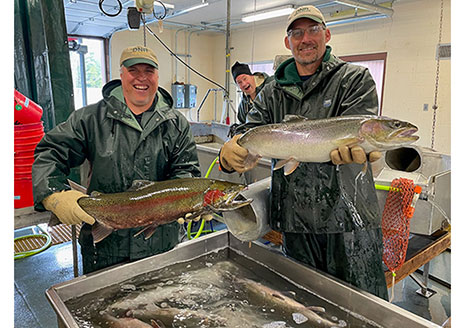
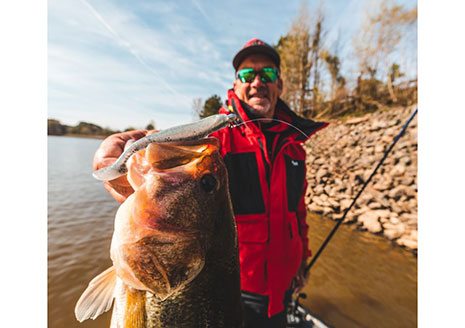


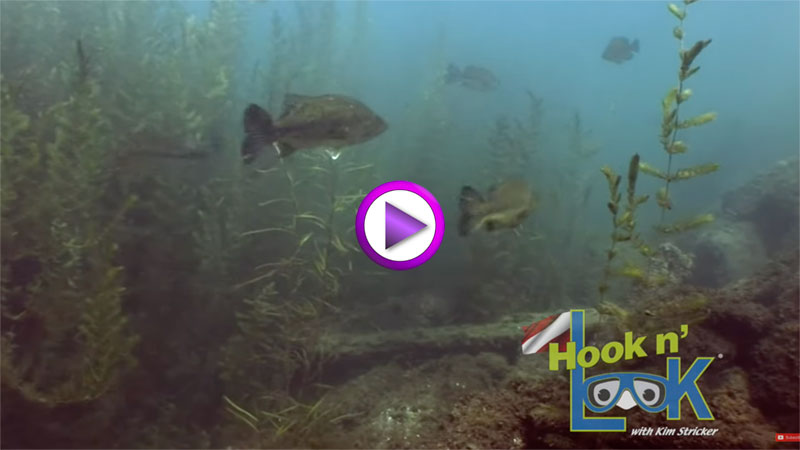



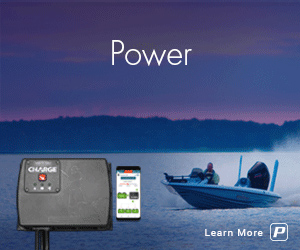

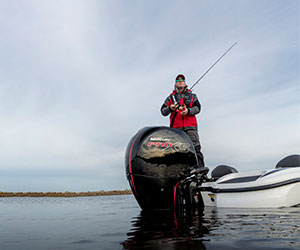


Connect With Us